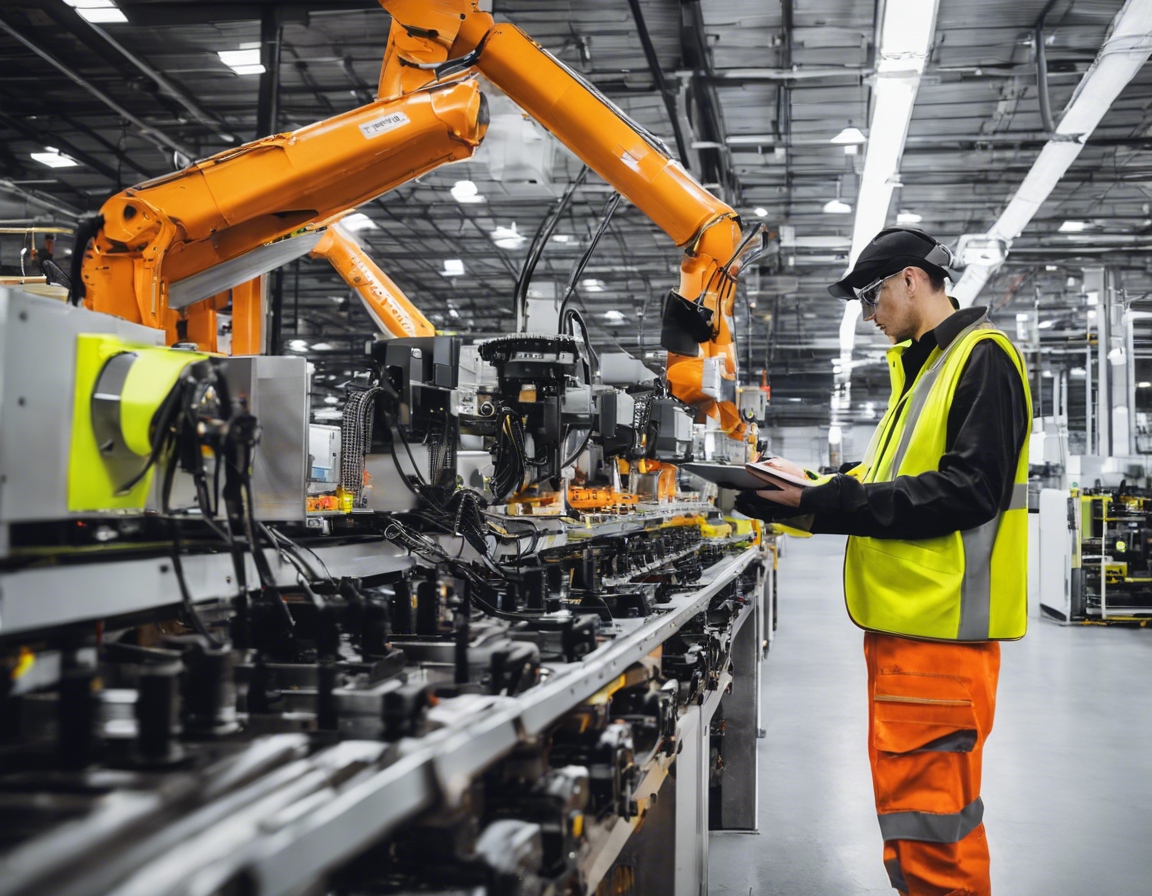How to optimize your manufacturing process with automation
As the manufacturing industry evolves, the adoption of automation technologies has become a cornerstone for businesses aiming to enhance efficiency and maintain competitiveness. Automation in manufacturing encompasses the use of various control systems, machinery, and software to optimize production processes, reduce labor costs, and improve product quality.
At its core, manufacturing automation involves replacing manual operations with technology-driven solutions. This can range from simple mechanization to advanced robotics and artificial intelligence. The goal is to create a more streamlined, efficient, and flexible production line that can adapt to changing demands.
Automation is not just about replacing human labor; it's about augmenting capabilities and creating opportunities for innovation. It enables manufacturers to tackle complex tasks with precision and speed, leading to significant gains in productivity and a stronger market position.
Identifying Areas for Automation
Before implementing automation, it's crucial to conduct a thorough assessment of existing manufacturing processes. This helps identify which areas will benefit most from automation and sets the stage for a successful transformation.
By analyzing workflow and production data, manufacturers can pinpoint bottlenecks and inefficiencies that are prime candidates for automation. Addressing these areas can lead to immediate improvements in throughput and quality.
Implementing Automation Solutions
Selecting the appropriate automation technologies is vital for optimizing manufacturing processes. This includes evaluating the suitability of robotics, programmable logic controllers (PLCs), and other automation tools for specific tasks.
Integration is a critical step in the automation journey. It involves ensuring that new technologies work seamlessly with existing machinery and software systems, thereby minimizing disruption and maximizing the benefits of automation.
For automation to be successful, it's essential to invest in staff training. A well-trained workforce can effectively manage and maintain automated systems, ensuring they deliver their full potential.
Maintaining and Optimizing Automated Systems
Automated systems require regular maintenance to operate at peak efficiency. Establishing a maintenance schedule helps prevent unexpected downtime and prolongs the life of the equipment.
Technology is constantly advancing, and so should your automation systems. Continuous improvement and periodic upgrades are necessary to keep pace with industry changes and maintain a competitive edge.
Monitoring the performance of automated systems is crucial for identifying areas that may require adjustments or optimization. This ongoing process ensures that the manufacturing operation remains efficient and responsive to any changes in production demands.
Benefits of Automation in Manufacturing
Automation streamlines production processes, leading to faster turnaround times and higher output. This increased efficiency directly translates into greater productivity and profitability.
Automated systems provide consistent results, reducing the likelihood of errors and ensuring a higher standard of product quality.
By taking over repetitive and potentially hazardous tasks, automation improves workplace safety and allows employees to focus on more engaging and value-added activities.






Comments (0)